NYC’s Forgotten ‘War on Christmas Trees’
Discover how an obscure holiday crackdown affects festive street vendors today!


Located on Central Park West at the corner of 96th Street, the First Church of Christ Scientist is a forgotten landmark. Its doors have not been open to the public for about four years, but the building’s stately exterior architecture has stood the test of time, making it easy to assume the building is still in active use.
After several years of uncertainty, the church was purchased at the end of 2017 by the Children’s Museum of Manhattan, currently located at 212 West 83rd Street, with the intention to convert the church into the museum’s new home by 2021. The conversion, says Valerie Longwood, Director of Individual Giving, who took us on a recent visit inside the building, has opened up some “fun architectural problems,” including having to adhere to strict landmark rules on the exterior. The church was designated a New York City landmark in 1973. The museum is working with the architectural firm FXCollaborative, and has released guiding principles for the design process, completed a visionary design phase, and is currently in the early stages of the initial design.
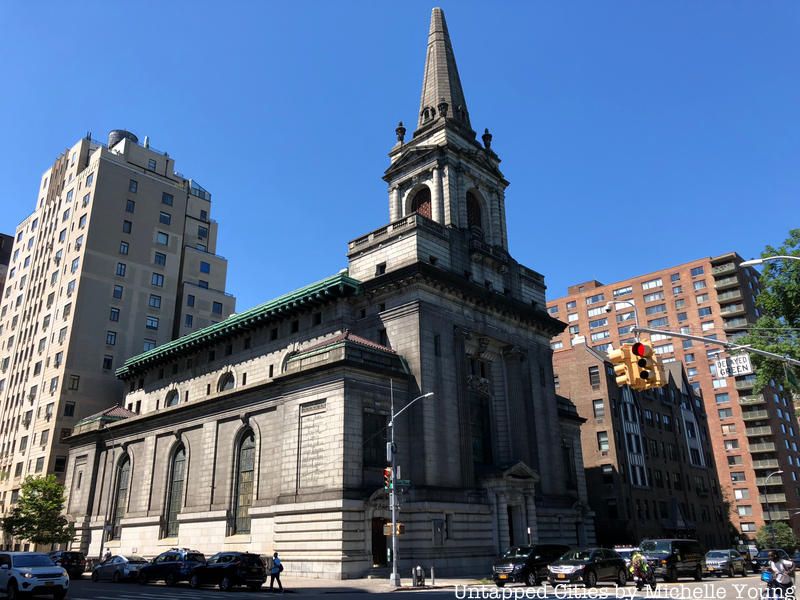
The New York City branch of the First Church of Christ Scientist was founded in 1888 by Augusta F. Stetson, a follower of Mary Baker Eddy, who founded the Christian Science faith. Eddy personally asked Stetson to start the New York City chapter, and Stetson would serve as its first pastor (then first reader) before having a falling out with the church.
The First Church of Christ Scientist was built from 1899 to 1903 and predated the construction of the New York City’s first subway line, the Interborough Rapid Transit. Nonetheless, the building has a strong connection to the subway: John D. Carrere and Thomas Hastings were the architects behind both the church and the IRT line’s original fare stations. The church was one of few religious buildings the architects took on, as the firm was primarily known for its civic works.
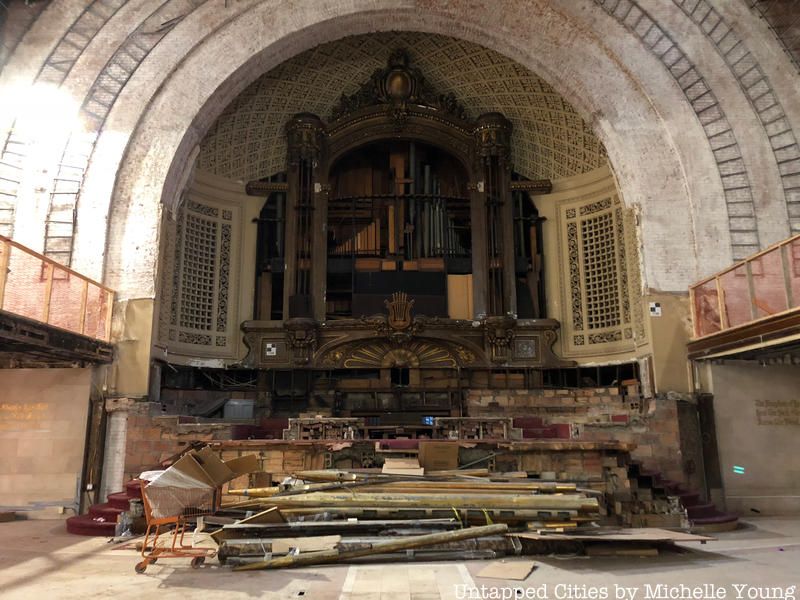
Stetson was fundamental in the fundraising for the church at 361 Central Park West, which cost $1.25 million and was paid for in cash without any debt. According to the New York City Landmarks Preservation Commission’s designation report, “Nothing was spared in the erection of the building: the architects were prestigious, the best design was sought, and the finest material — white Concord granite — was used.” The congregation chose to “meet in halls and renovated church buildings until they had the financial means to build a structure suitable to their needs and appropriate to the Christian Science ideals.” The Children’s Museum of Manhattan writes in its guiding principles for the new design, “When built, [the church] was described as sophisticated and cohesive, achieving subtle relationships between its parts and utilizing beautiful materials.”
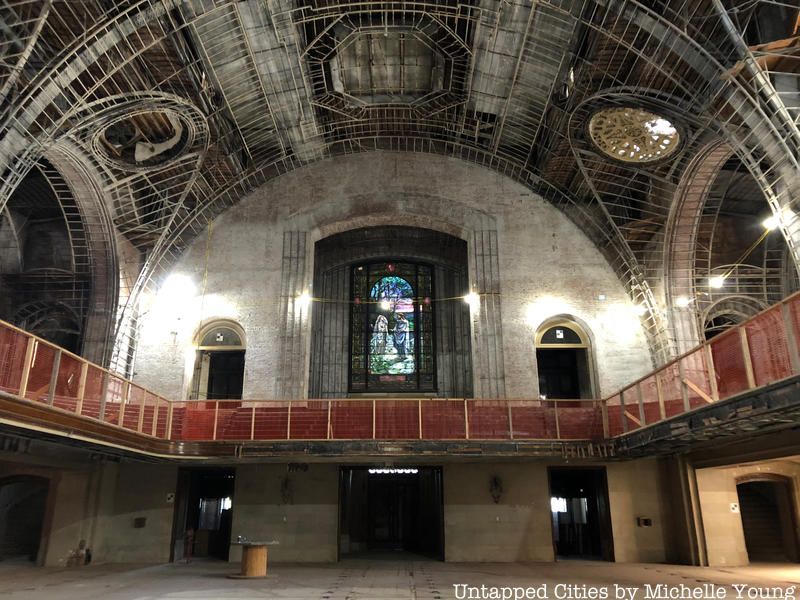
Christian Science, which supports the use of prayer to primarily treat diseases, hit its peak in the mid-1930s, according to U.S. Census numbers. Its sharp decline over the next half century was precipitated by improvements in the practice of medicine in the years starting around World War II.
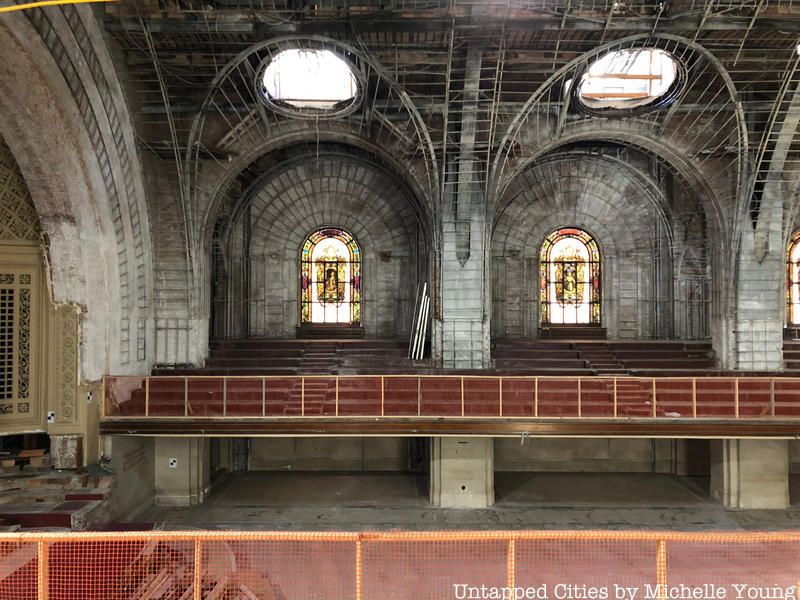
The First Church of Christ Scientist sold the building at 361 Central Park West in 2004 for $14 million (listed originally at $24 million), finding it impossible to convert the building. As reported in the New York Times in 2014, the church had “‘explored a lot of possibilities’ before it put the building on the market, including building a tower, according to Catherine Byers, a trustee of the church.. ‘Landmarks wouldn’t let us. We explored it. It wasn’t feasible. It would change the exterior.'” The designation report also notes that the majority of those present at a church meeting in May 1974 voted against the proposed landmarks designation for the building.
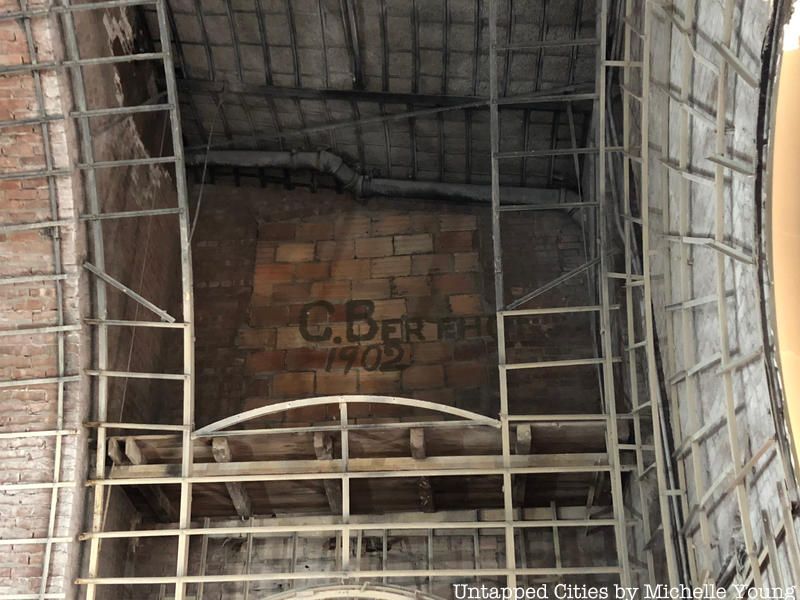
The Crenshaw Christian Center East, a nondenominational church from Los Angeles, purchased the building in 2004 and held it services there for the next decade. The First Church of Christ Scientist merged with the Second Church of Christ, Scientist, located at 77 Central Park West at 66th Street. By 2014, the building was up for sale again and a developer purchased the building for $26 million with the intention to convert it into condominiums. Though the intention was to respect the architecture of the original building, the project failed, but not before marble details and the benches in the auditorium was removed and sold. The Children’s Museum of Manhattan says that “in its current, semi-demolished state, inside, it is an ethereal, cavernous shell of its former self – a perfect foil for a child’s wonder and imagination.”
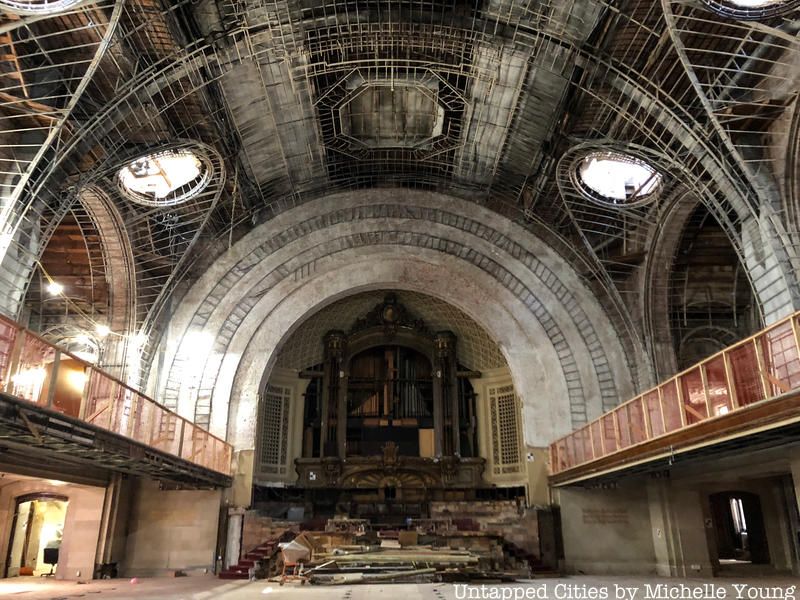
The auditorium in its heyday was designed to fit 2,000 people. Long pews made of Circassian walnut lined the sanctuary, with a floor of marble, a heating system that warmed up the space through vents in the floors and a flood of natural light from large windows and skylights. Vintage photos show numerous chandeliers hanging from the ceiling, and we know from church reports they were made of gold. A stained glass window above the main entrance was made by the famed artist, John LaFarge, and depicts Mary and Jesus following the Resurrection. A Hutchings-Votey Organ from Boston, modernized by the Hook & Hastings Company in 1903, once stood prominently in the front of the sanctuary. Sadly, this organ is mostly in pieces on the floor at this point.
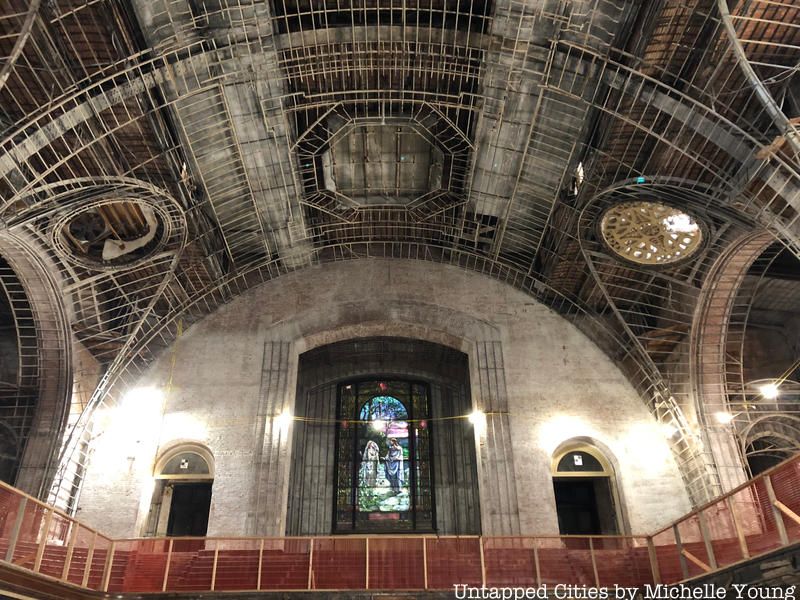
The stained glass window by John LaFarge
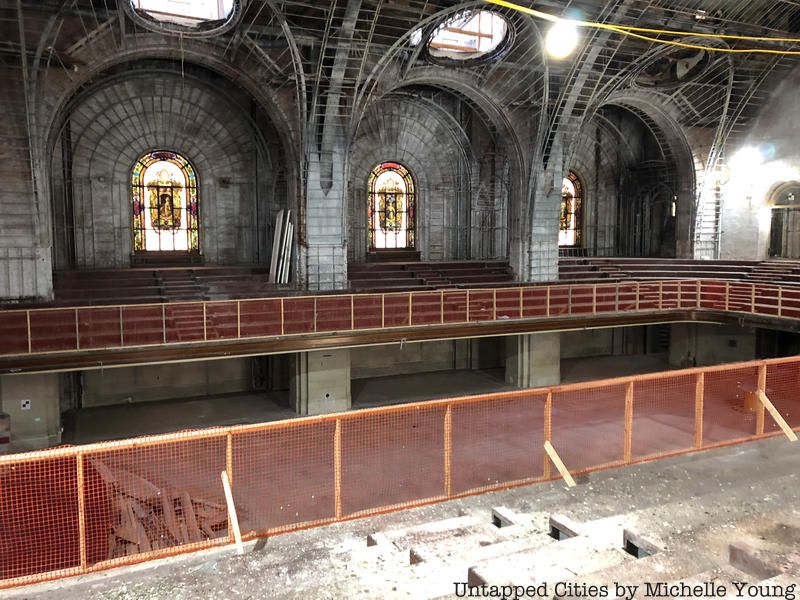
The church is seven stories including a basement that is currently undergoing an archaeological study. The upper level floors include meeting rooms, classrooms and a major gathering space for events on the top floor that once had a glass ceiling (it was painted over during World War II, like the glass ceiling inside The Ansonia Hotel). An original elevator is still in place, including the original cab and the detailed framing on each floor.
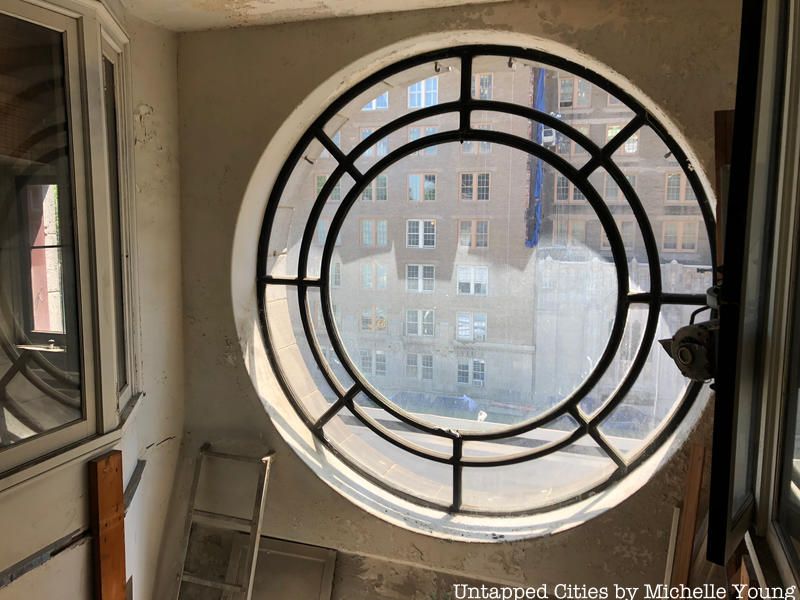
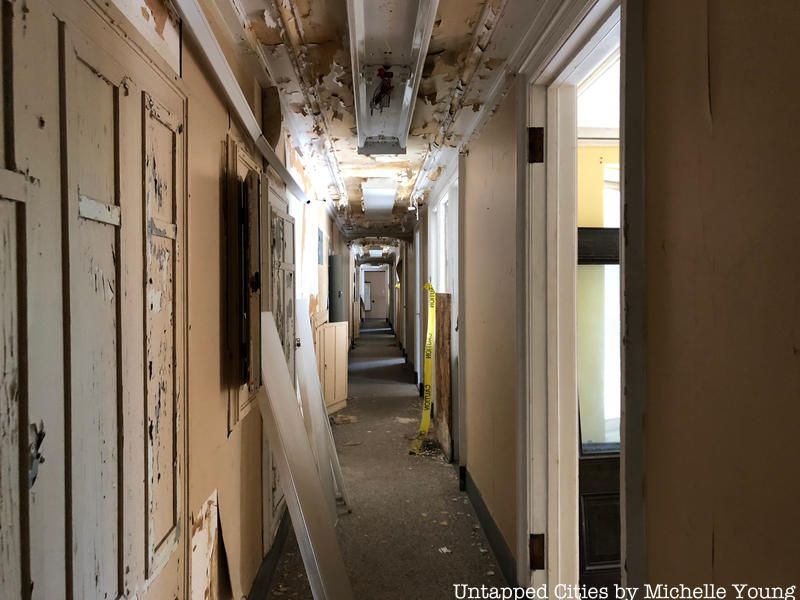
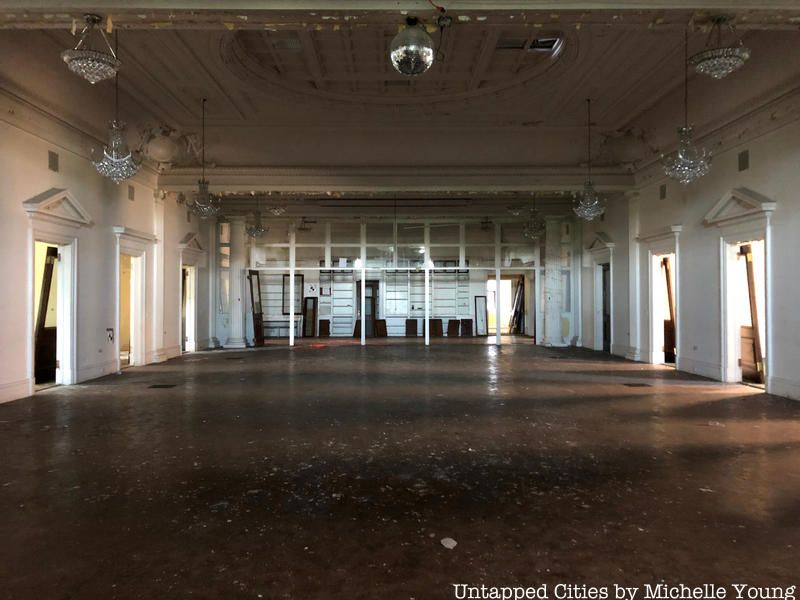
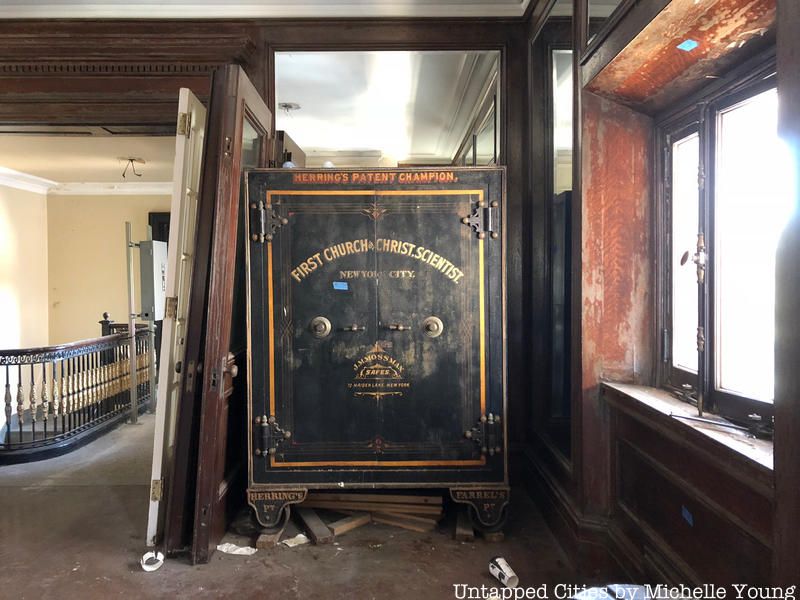
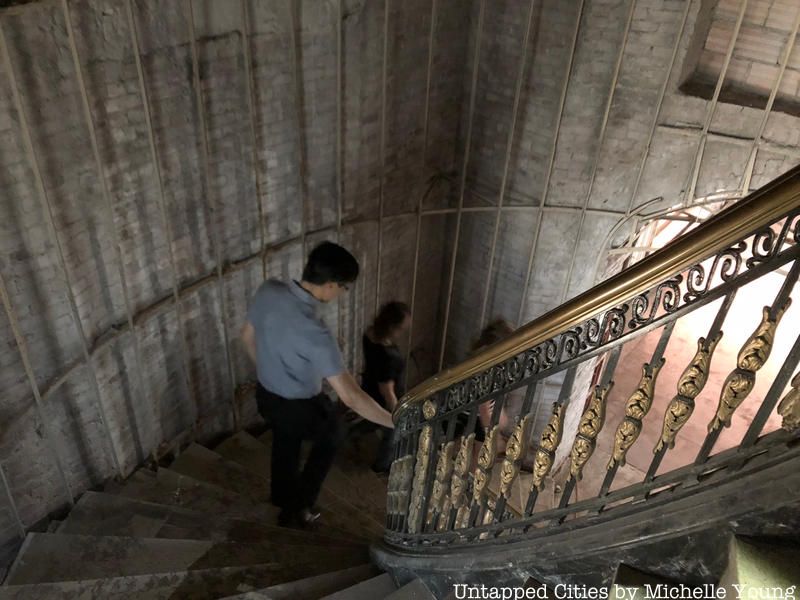
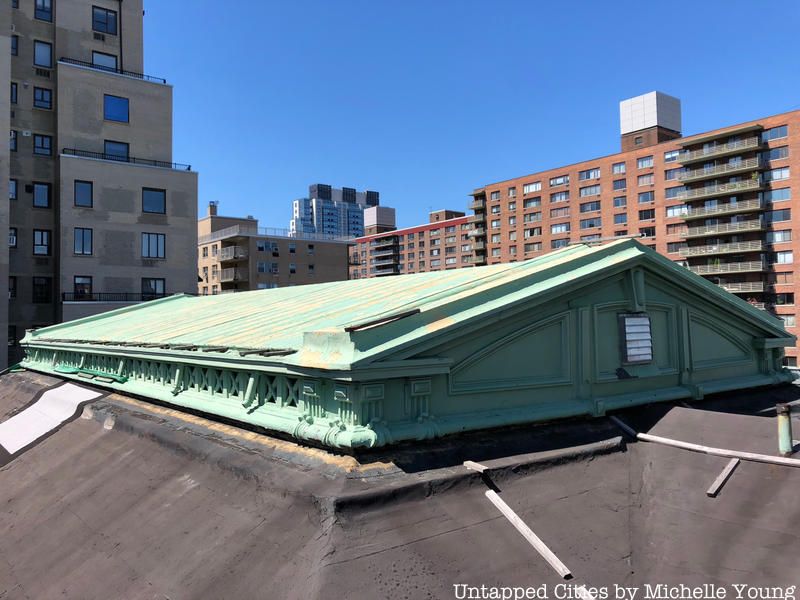
The ceiling of the event space, seen from one of the roof lookout points
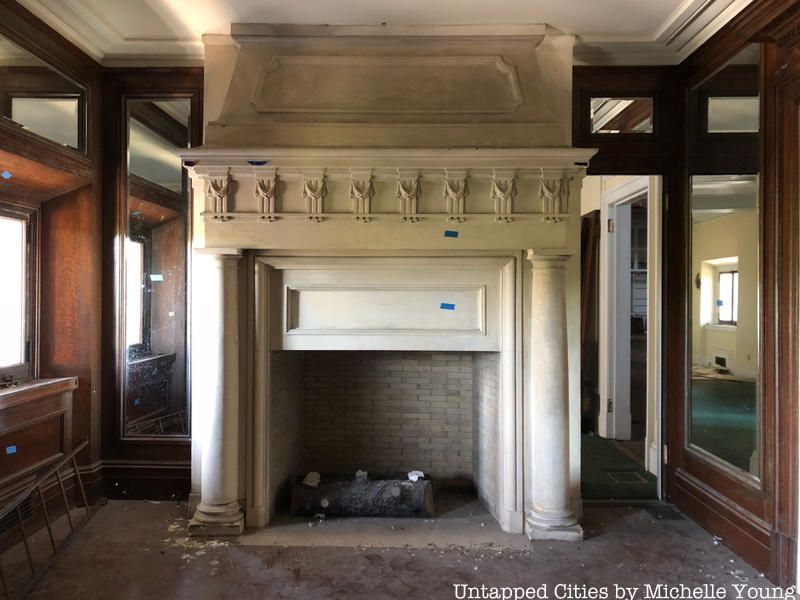
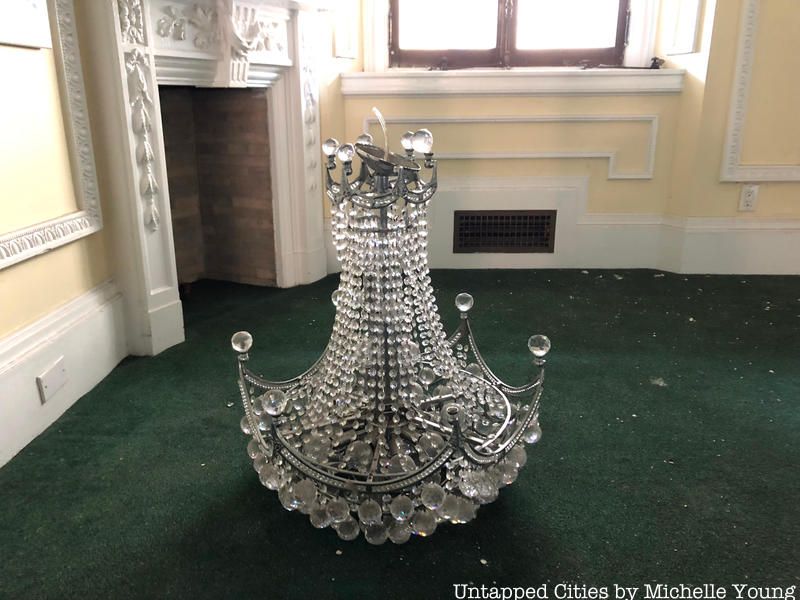
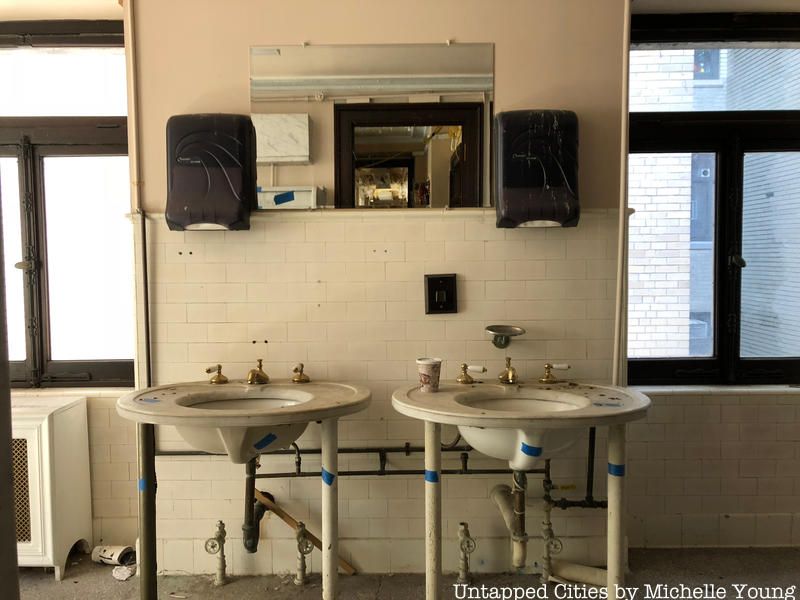
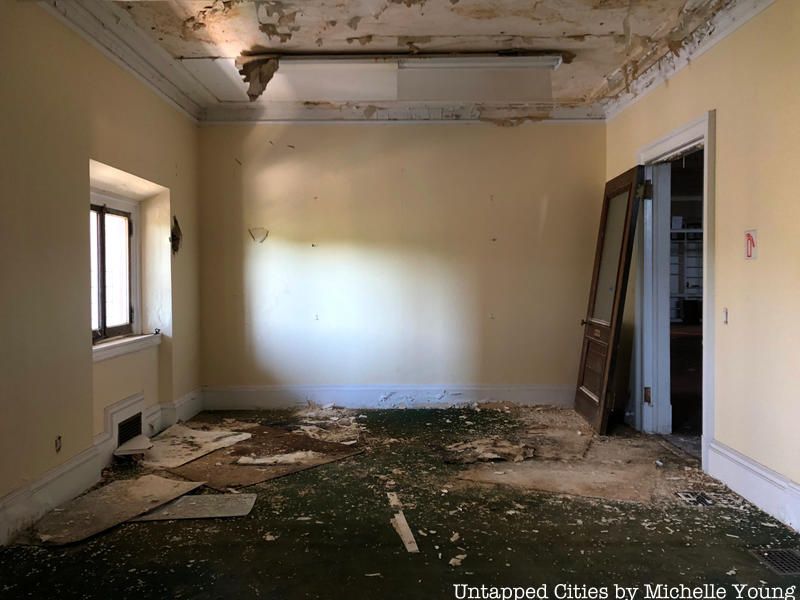
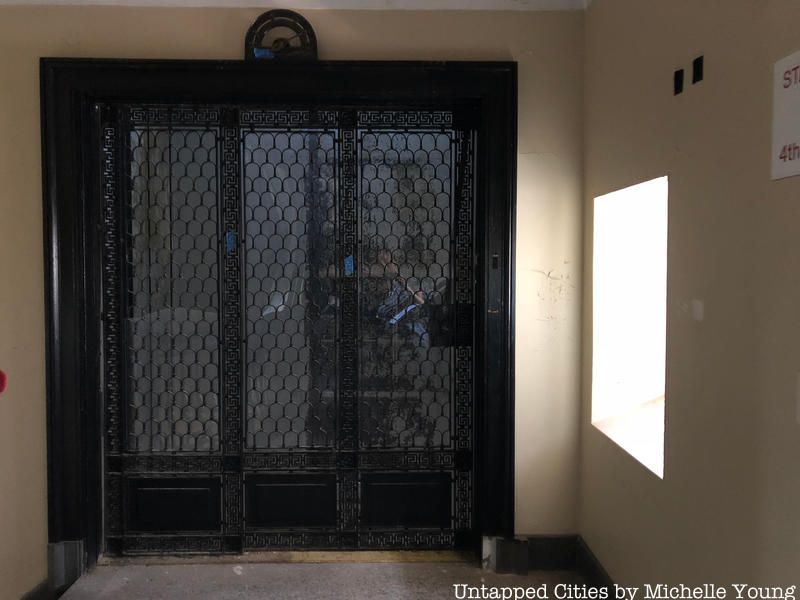
The original elevator cab is still in the shaft and can be seen on the second floor
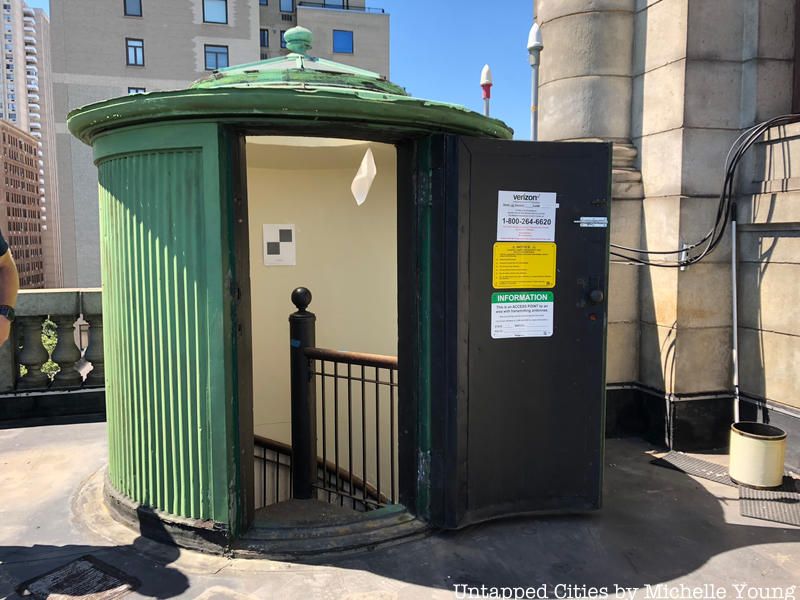
In a document about the possibilities of the new space, The Children’s Museum of Manhattan writes that it hopes to “harness [the] wonder and showcase the uniqueness” of the church, intending the building itself to be the museum’s “first artifact,” with built-in teaching principles about construction and materials. The museum would be an object inserted within the space of the church, opening up opportunities to manipulate the scale of the spaces to “create places that are insular and personal.” It is hoped that with the bedrock likely around forty feet below, there may be opportunity for the museum to build downwards rather than upwards, where it would be difficult to modify due to the building’s landmark status.
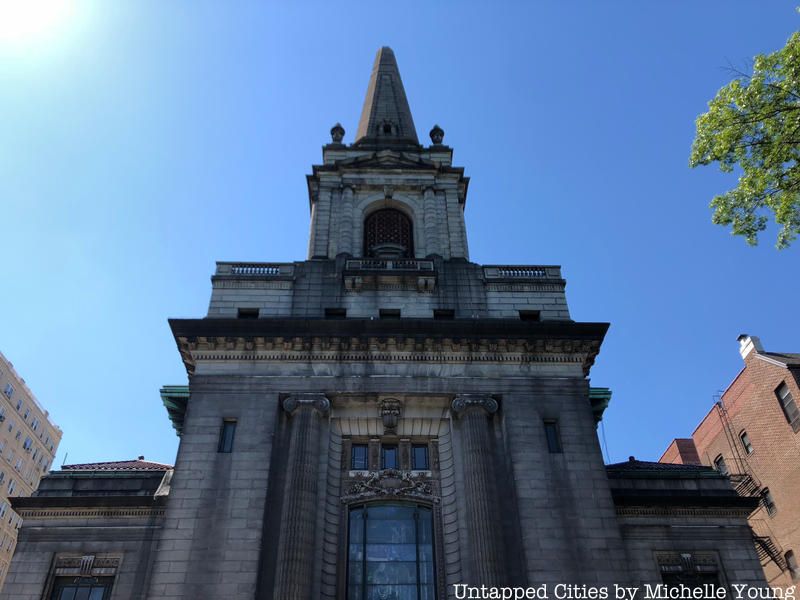
For many children, a visit to the Children’s Museum may be a rare contact with another child of a different background. But the Children’s Museum of Manhattan also knows that its main audience goes beyond children, with its programming that works with women and children in New York City shelters, with detained women from Rikers Island, reuniting them with their children on Mondays when the museum is closed, and with LGBTQ families. Repurposing the First Church of Christ Scientist for the Children’s Museum of Manhattan is certainly a design challenge, but opens up many possibilities for healing, learning, and gathering.
You can support the efforts of the Children’s Museum of Manhattan by becoming a member, donating, or inquiring more about the latest on the new location. See more information here.
If you like abandoned exploration, join us on our next tour of the abandoned hospitals on Ellis Island:
Behind-the-Scenes Hard Hat Tour of the Abandoned Ellis Island Hospital
Next, check out 20 other abandoned places in NYC.
Subscribe to our newsletter